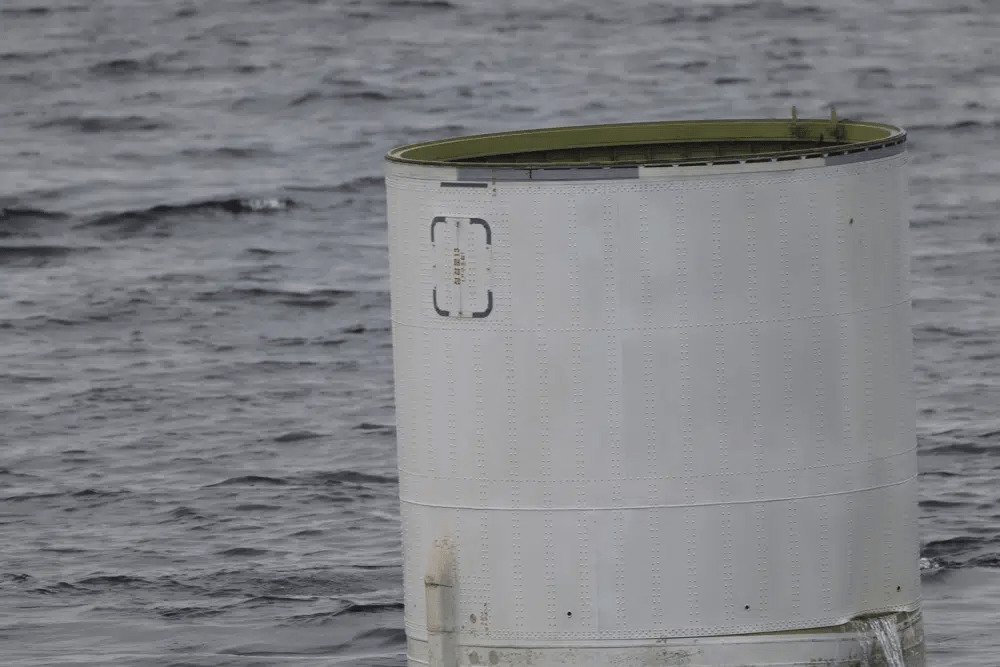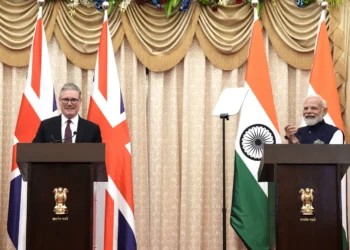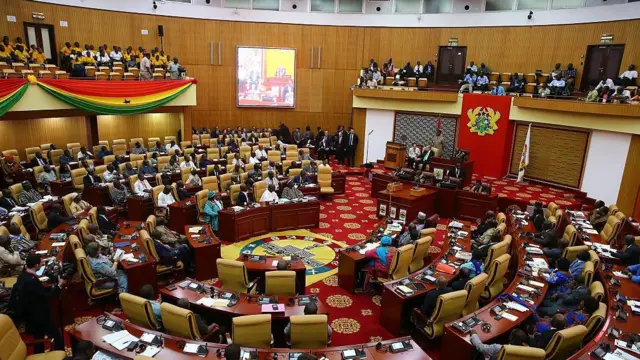Rocket carrying North Korea’s first spy satellite has crashed into the sea, causing a setback in the country’s effort to put the satellite in space.
North Korea promised to perform a second launch after understanding what went wrong with its rocket liftoff after making an unusually swift acknowledgment of failure. It implies that Kim is still eager to increase his stockpile of weapons and put greater pressure on Seoul and Washington while diplomacy is stymied.
Japan and South Korea issued brief warnings to take cover during the launch. After the launch was discovered, Seoul, the capital of South Korea, sent out notifications via mobile text messages and public loudspeakers advising citizens to get ready to evacuate.
Japan also turned on its missile warning system for the Okinawa prefecture in southwest Japan, which was thought to be in the rocket’s suspected path.
The Japanese alert said, “Please evacuate into buildings or underground.”
In waters 200 kilometers (124 miles) west of the southwest island of Eocheongdo, the South Korean military reported that it was rescuing an object believed to be a piece of the fallen North Korean rocket. Later, the Defense Ministry published images of a white metal cylinder that it claimed to be a rocket component.

The newly developed Chollima-1 rocket was launched at 6:37 a.m. at the North’s Sohae Satellite Launching Ground in the northwest, carrying the Malligyong-1 satellite. According to the North’s official Korean Central News Agency, the rocket lost thrust after its first and second stages separated, and it crashed off the western coast of the Korean Peninsula.
Beyond naming the rocket and satellite, North Korean state news agency gave no other information. But earlier, experts predicted that North Korea would employ a liquid-fueled rocket, as it has done with the majority of its previously tested long-range rockets and missiles.
Though it plans a fuller investigation, North Korea’s National Aerospace Development Administration, according to the North’s state media, blamed the failure on “the low reliability and stability of the new-type engine system applied to (the) carrier rocket” and “the unstable character of the fuel.”
South Korea’s military said the North Korean rocket had “an abnormal flight” before it fell in the water. Japan’s Chief Cabinet Secretary, Hirokazu Matsuno told reporters that no object was believed to have reached space.
Japanese Defense Minister, Yasukazu Hamada disclosed that Japan plans to keep missile defense systems deployed to its southern islands and in southwestern waters until June 11, which is the end of North Korea’s announced launch window.

U.S, UN Condemn The Satellite Launch
In a statement, Adam Hodge, a spokesperson at the U.S. National Security Council, noted that Washington strongly condemns the North Korean launch because it used banned ballistic missile technology, raised tensions, and risked destabilizing security in the region and beyond.
“The door has not closed on diplomacy but Pyongyang must immediately cease its provocative actions and instead choose engagement,” Adam Hodge said.
He added that the US will take “all necessary measures” to protect itself and its allies.
UN Secretary General, Antonio Guterres also denounced North Korea’s actions, saying any launch by Pyongyang using ballistic missile technology was “contrary” to the relevant security council resolutions.

The U.N. imposed economic sanctions on North Korea over its previous satellite and ballistic missile launches, but has not responded to recent tests because China and Russia, permanent council members now locked in confrontations with the U.S., have blocked attempts to toughen sanctions.





















